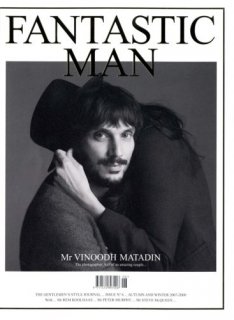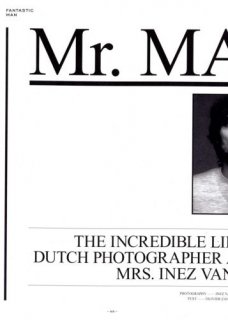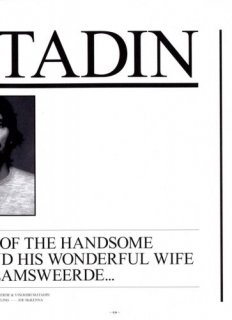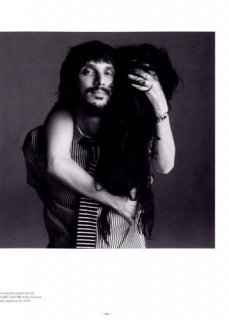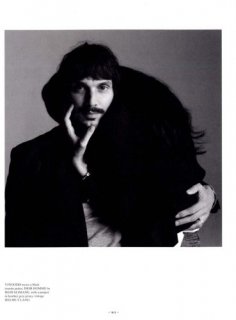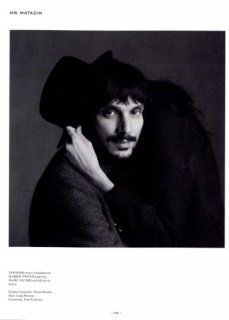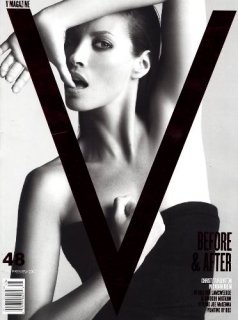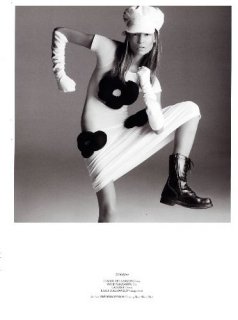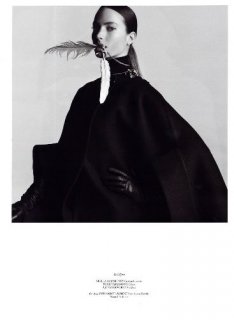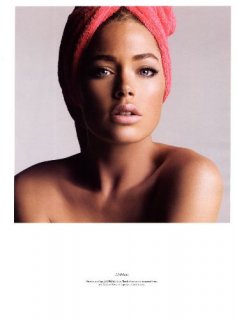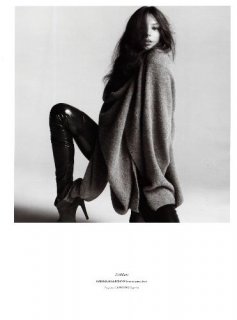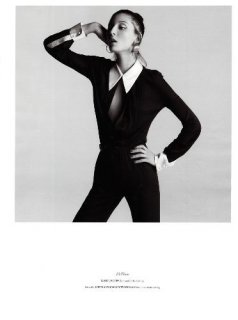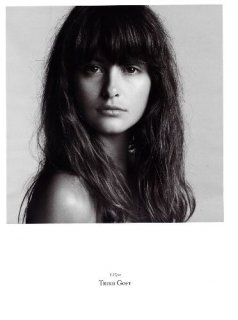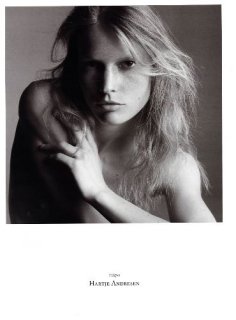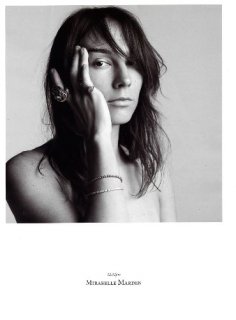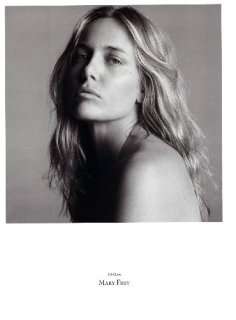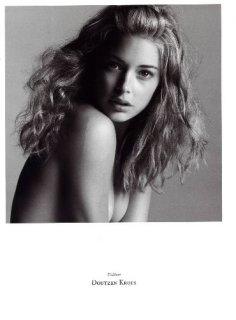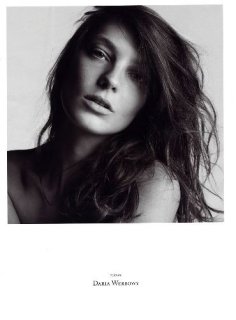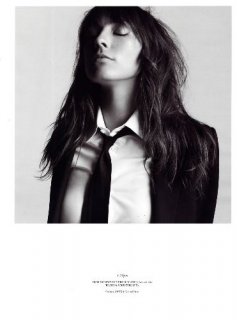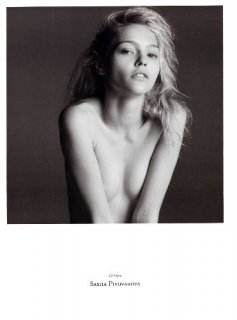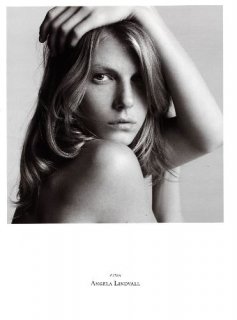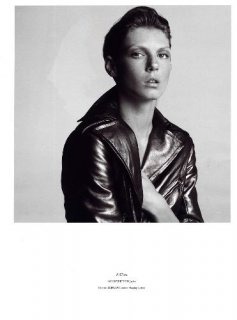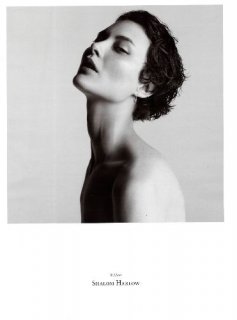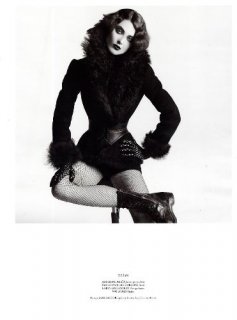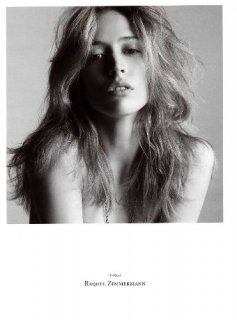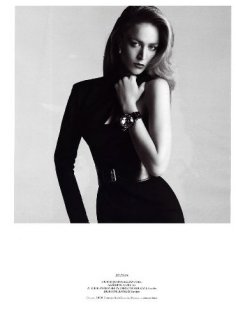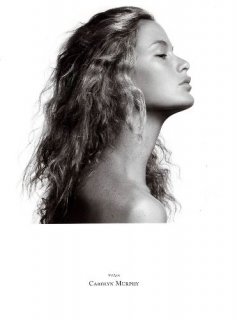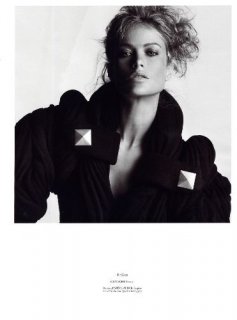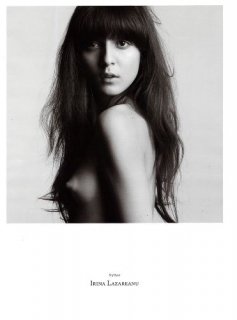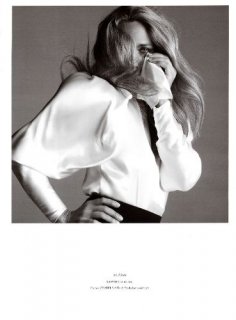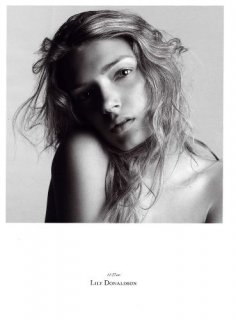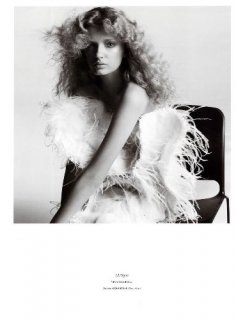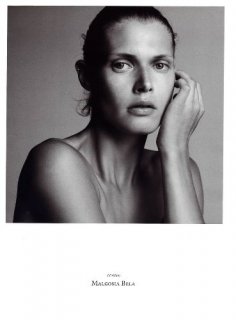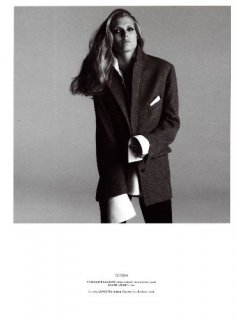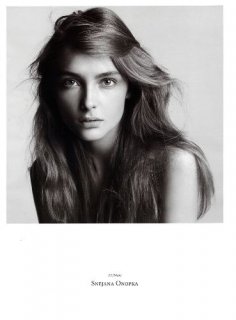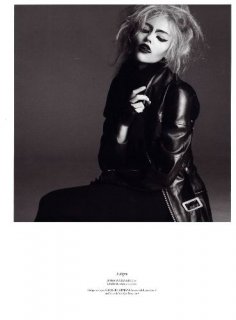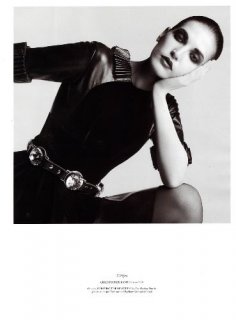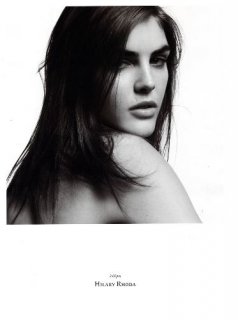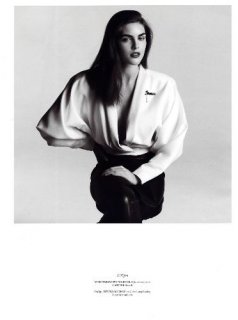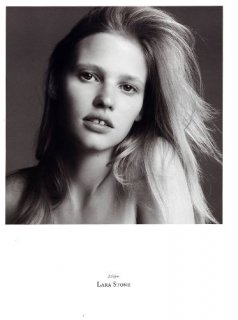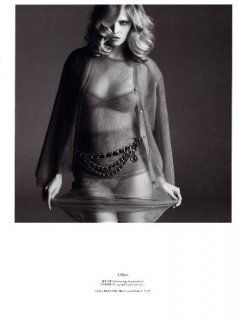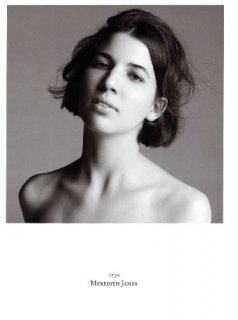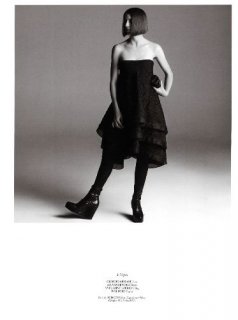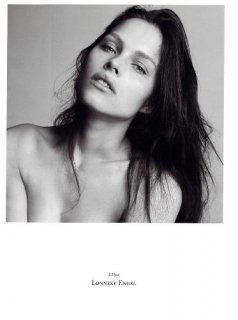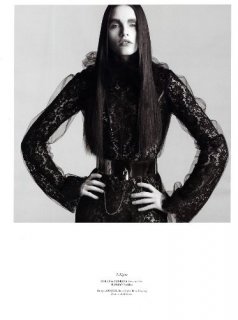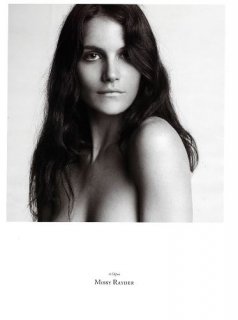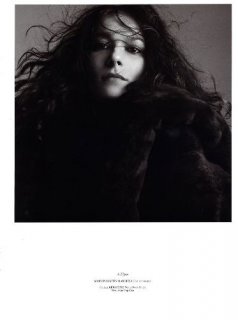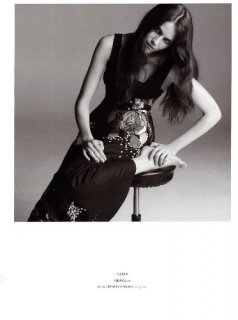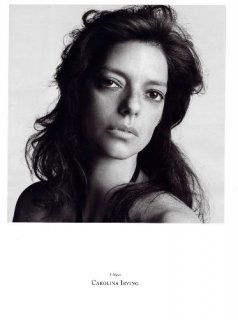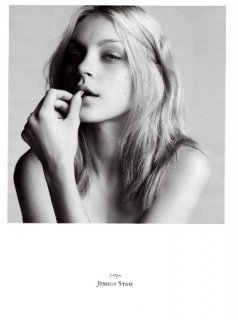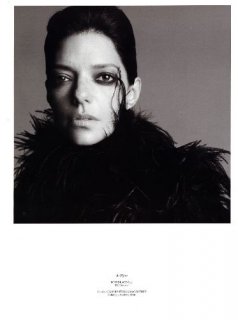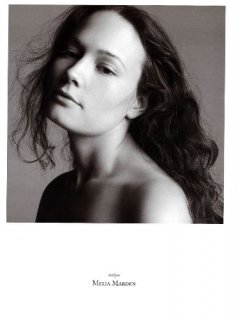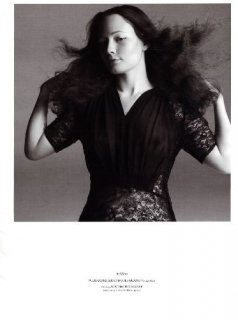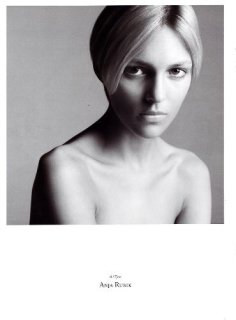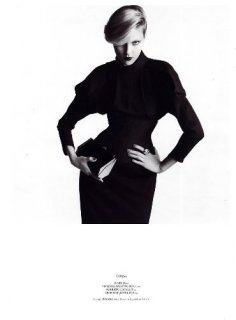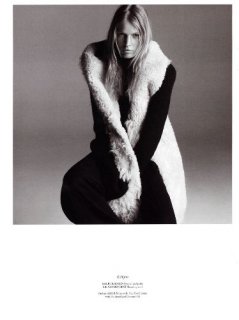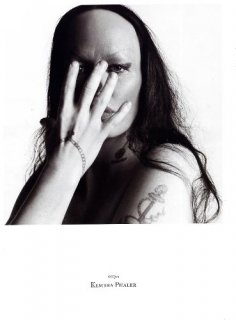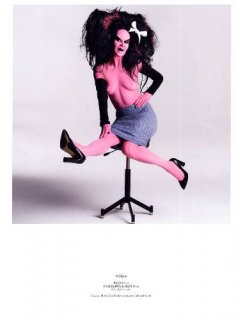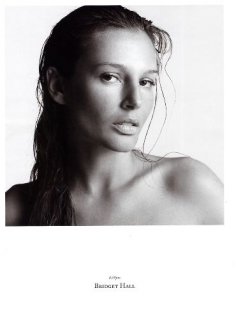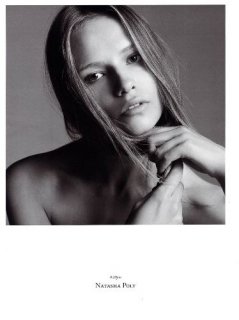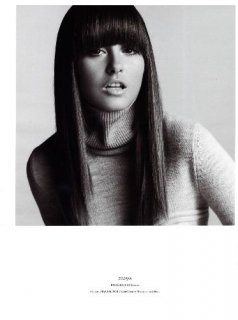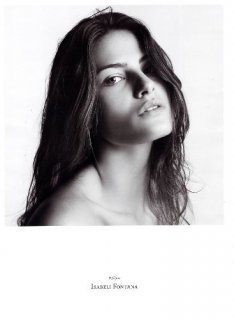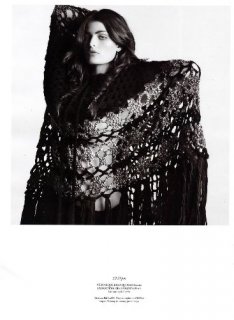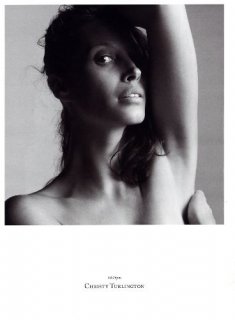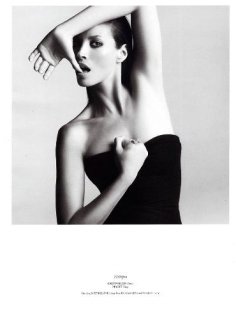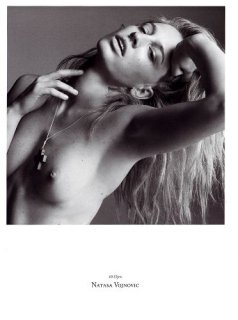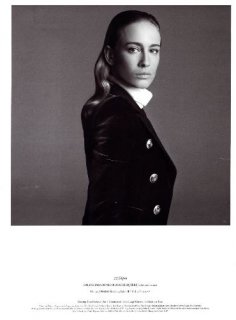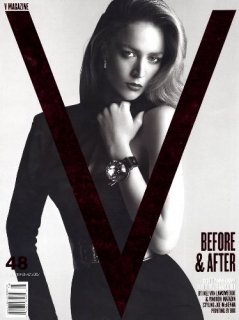softgrey
flaunt the imperfection
- Joined
- Jan 28, 2004
- Messages
- 52,984
- Reaction score
- 415
EGOS & IDS; By Any Other Name, Joe's
By DEGEN PENER
Published: November 22, 1992
Joe's. Simply Joe's. That's all Joe McKenna, a top stylist in the fashion business, is calling his new magazine.
"Bruce Weber said I had to call it Joe's," said Mr. McKenna, who worked with Mr. Weber, the photographer, on the most recent Banana Republic ad campaign.
The editor, publisher and sole force behind Joe's, Mr. McKenna began putting together the fashion and photography magazine last year. Being an insider helped. Mr. Weber photographed Paul Cadmus, the painter, and Steven Meisel shot Wallis Franken, the model. Companies Mr. McKenna has worked with -- like the Gap, Giorgio Armani and Manolo Blahnik -- bought ad space.
Mr. McKenna also got two exclusives. One is a group of photos by Mr. Meisel, Ellen von Unwerth and Paolo Roversi from a book to be published next year on the designs of Azzedine Alaia (shown below with a model). The other is an advertisement for fashions by Mr. Weber, who Mr. McKenna said is starting a line of underwear and swimsuits. (A spokeswoman for Mr. Weber said he was on location and not available for comment.)
"It's a little magazine about everything I ever loved," said Mr. McKenna, who grew up in Glasgow, Scotland, and has worked in New York for six years.
That little magazine, which goes on sale Friday at Rizzoli, Agnes B. and Paul Smith, among other places, will cost $45. Mr. McKenna plans to publish it occasionally.
Although Mr. McKenna gave the magazine his own name, he is loath to talk about himself or his work as a stylist. "I don't want to make it sound like the most important thing in the world," he said. "It's just putting clothes on people and trying to make great pictures."
nytimes.com
By DEGEN PENER
Published: November 22, 1992
Joe's. Simply Joe's. That's all Joe McKenna, a top stylist in the fashion business, is calling his new magazine.
"Bruce Weber said I had to call it Joe's," said Mr. McKenna, who worked with Mr. Weber, the photographer, on the most recent Banana Republic ad campaign.
The editor, publisher and sole force behind Joe's, Mr. McKenna began putting together the fashion and photography magazine last year. Being an insider helped. Mr. Weber photographed Paul Cadmus, the painter, and Steven Meisel shot Wallis Franken, the model. Companies Mr. McKenna has worked with -- like the Gap, Giorgio Armani and Manolo Blahnik -- bought ad space.
Mr. McKenna also got two exclusives. One is a group of photos by Mr. Meisel, Ellen von Unwerth and Paolo Roversi from a book to be published next year on the designs of Azzedine Alaia (shown below with a model). The other is an advertisement for fashions by Mr. Weber, who Mr. McKenna said is starting a line of underwear and swimsuits. (A spokeswoman for Mr. Weber said he was on location and not available for comment.)
"It's a little magazine about everything I ever loved," said Mr. McKenna, who grew up in Glasgow, Scotland, and has worked in New York for six years.
That little magazine, which goes on sale Friday at Rizzoli, Agnes B. and Paul Smith, among other places, will cost $45. Mr. McKenna plans to publish it occasionally.
Although Mr. McKenna gave the magazine his own name, he is loath to talk about himself or his work as a stylist. "I don't want to make it sound like the most important thing in the world," he said. "It's just putting clothes on people and trying to make great pictures."
nytimes.com
Last edited by a moderator:





